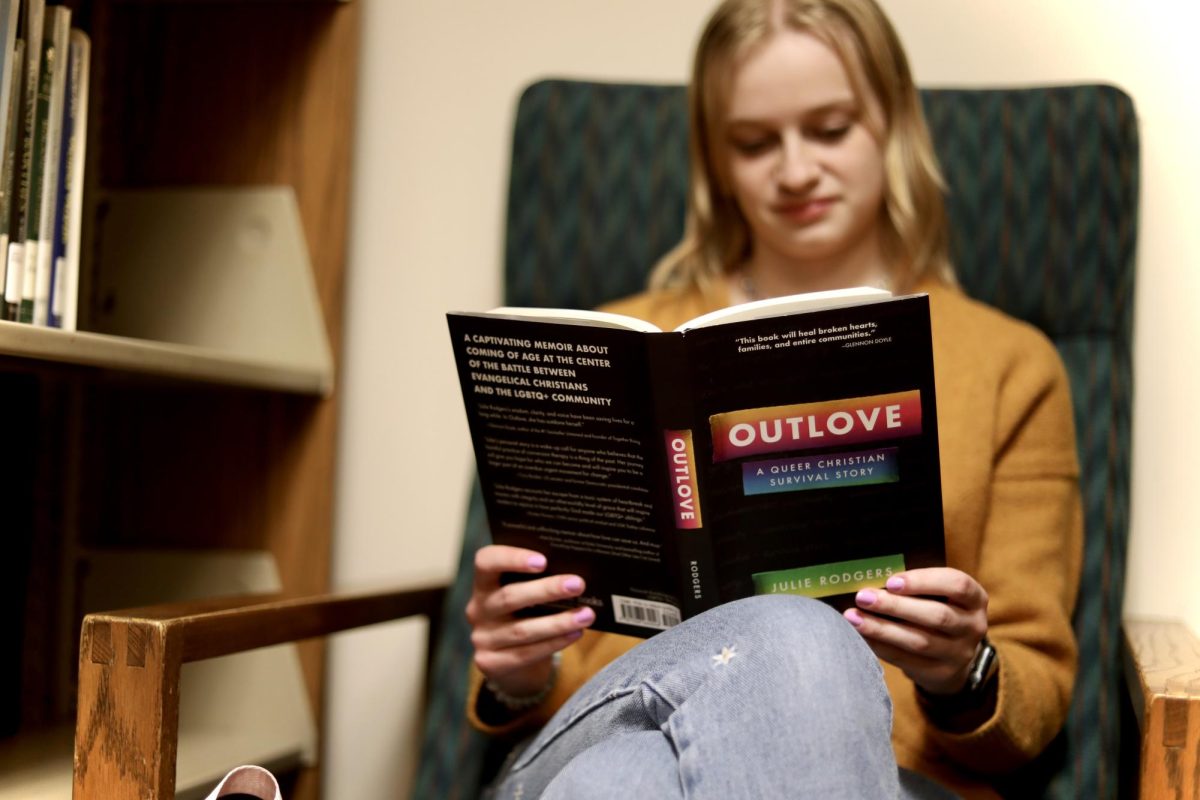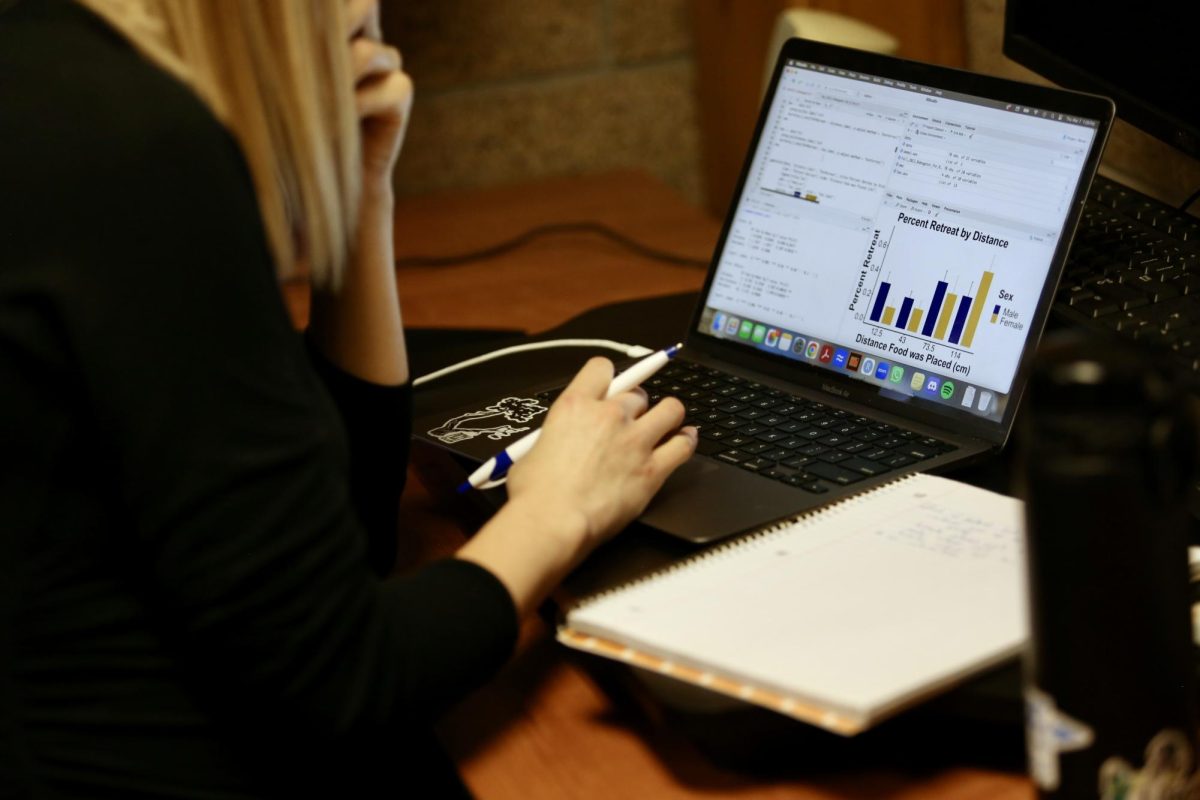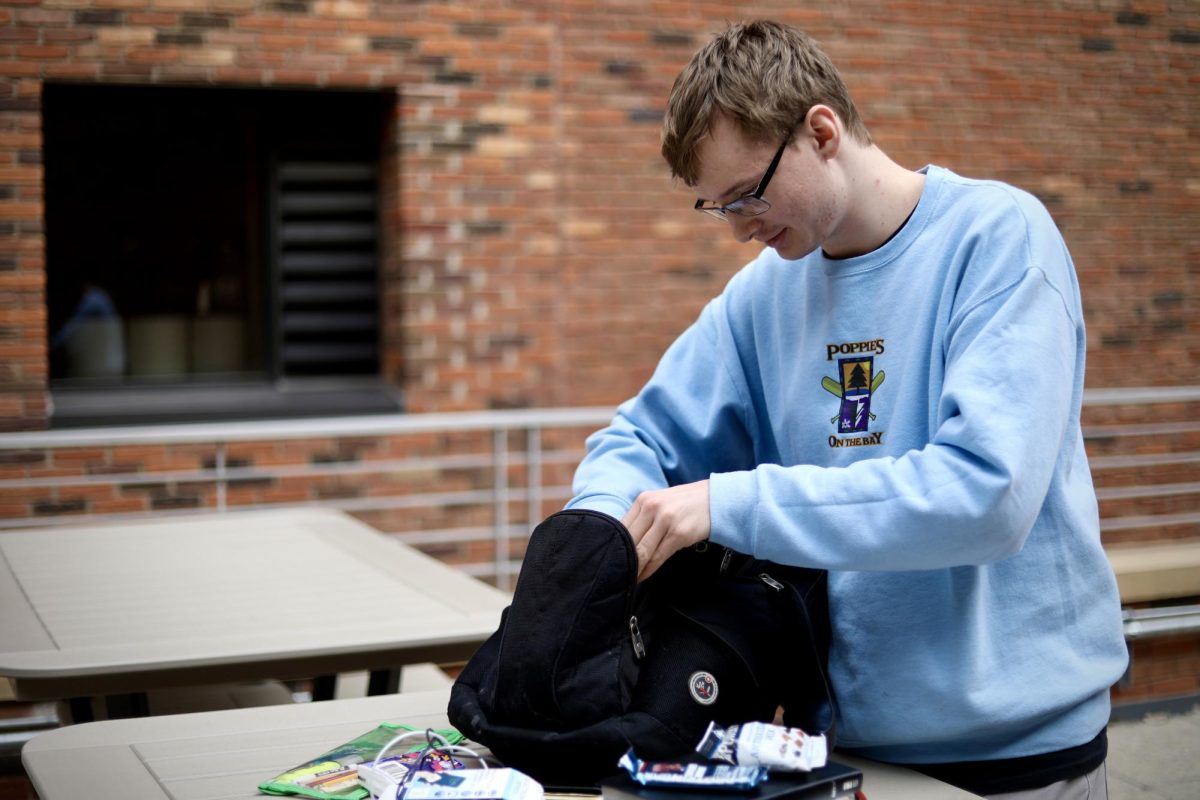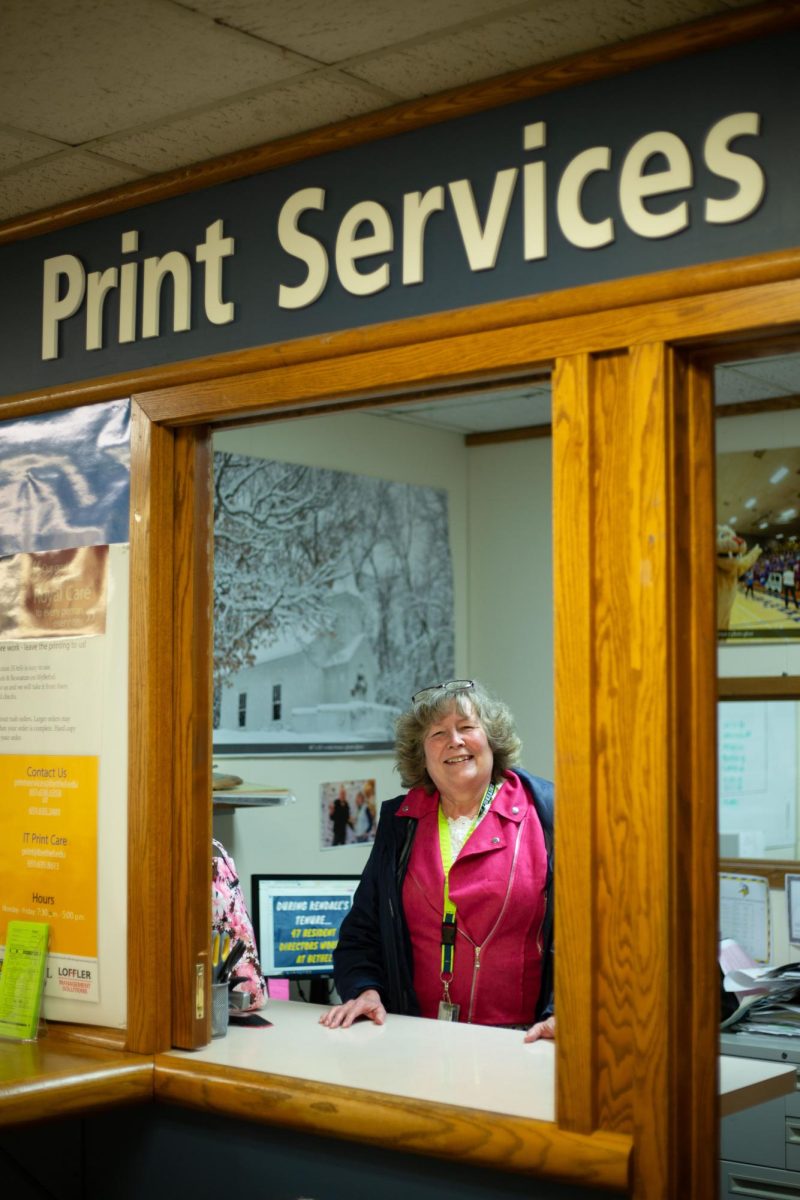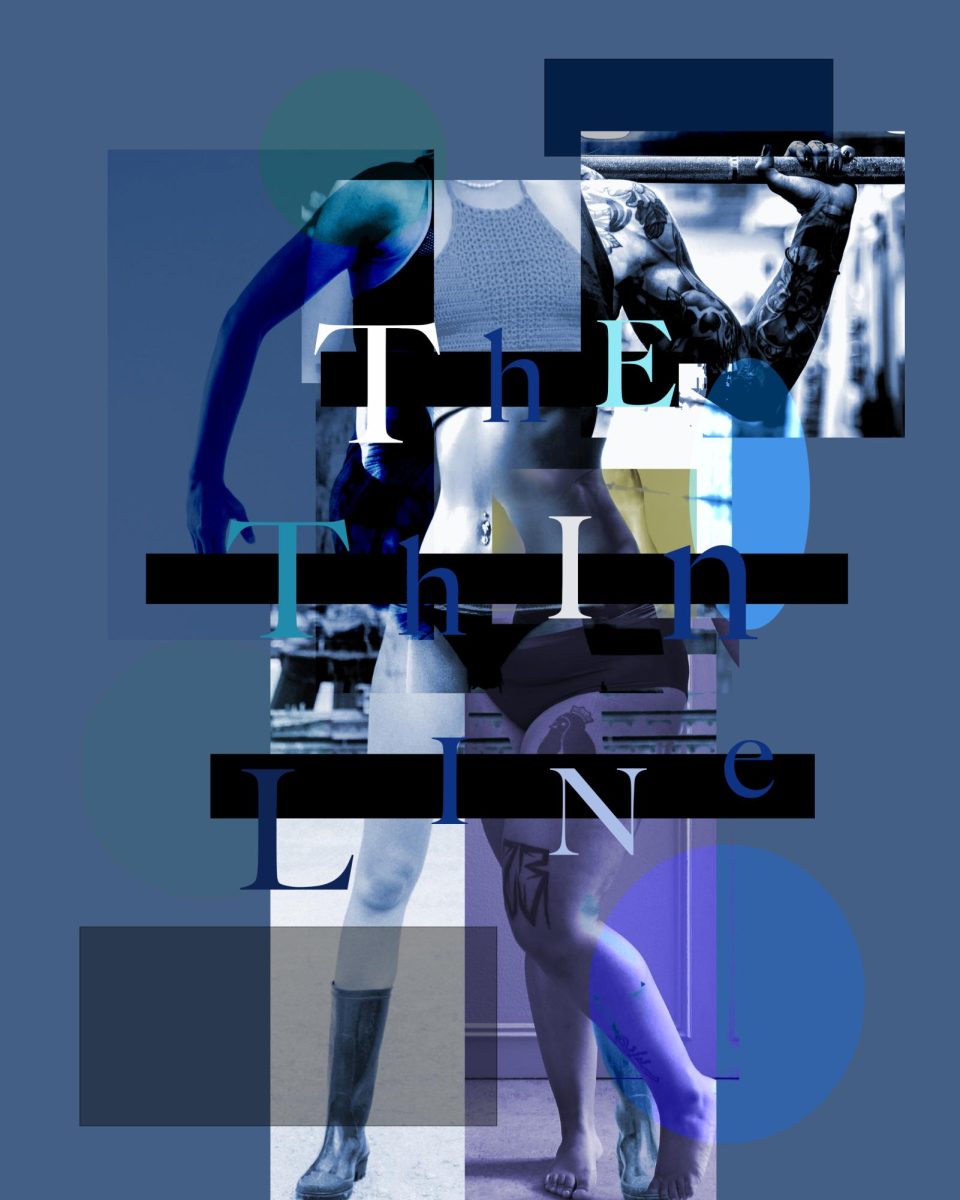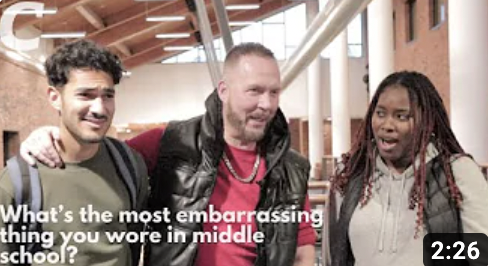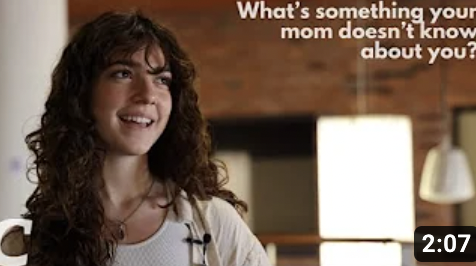Current and former Bethel students become entrepreneurs to change the world through their businesses.
Lexi Friesen | Social Media Editor

Trent Anderson wasn’t sure he could make it work.
A 2015 graduate, Anderson planned on entering the workforce in the fall of last year to put his marketing and entrepreneurship degree to use. Prior to working, he wanted to spend the summer working as an intern with Praying Pelican Missions.
Over the summer, however, Anderson felt a call to stay in the mission field but encountered significant financial hurdles.
“I was on the phone with my mom telling her there was no way I could swing it financially,” he said. “But shortly after this phone conversation I was at church, and a member who I didn’t know came up to me and said, ‘God wants you to know that he will provide for you and finances will come from heaven.’” Anderson still shakes his head, almost in disbelief.
Anderson receives a salary from Praying Pelicans but employees are also encouraged to raise support. Growing up, Anderson said his parents were against him sending out support letters when he went on mission trips. Anderson knew, too, that consistent traveling would require him asking for significant funds and it wasn’t something he was entirely comfortable with. But, he knew that if this was something that could become a long-term option, he would need more money. To offset the costs, he started Reach International Outfitters (RIO). RIO sells hammocks and outdoor apparel.
“The heart behind RIO is that it can support me, and as it grows, other people in missions,” Anderson said. “RIO targets world changers and world travelers. We want to reach the world.”
For Katie Treptau, soon-to-be Bethel graduate, the defining moment was sitting in a brothel’s day care in India. Treptau took time off between her senior year of high school and first year of college to participate in the YWAM program. She spent three months in the Discipleship Training Program in Colorado before moving to India for the outreach portion of the program. Treptau knew that she could make a difference in the lives of children in the red light district.
“I always wanted to own a boutique – I love shopping, clothing and fashion, but I wanted to do something deeper than selling clothes,” Treptau said. She thought she would start a clothing business eventually, but through an entrepreneurship class, she realized that she could do something now.
One of her class projects was to make and sell a product. Through that project, Treptau gained experience and was able to launch her online store, Olive Branch Boutique.
Treptau calls Feed My Starving Children, Minnesota Teen Challenge, and Urban Homeworks “dear to her heart.” Olive Branch Boutique donates 10 percent of profits to these three organizations. Eventually, she hopes to be able to donate more to these organizations. The rest of her profits for the next year are being invested back into the business to help it grow.
“This is not something that I am currently planning on living on. I would rather it be a business that others can live off of. If that means I run a company where my take-home is $1 a year, that’s fine. This is not about me, but something bigger,” Treptau said.
Sadie Holland, a Bethel 2015 alum, became involved with social entrepreneurship through a nannying opportunity. Holland knew Jessie Otto for over 15 years before taking care of her children. Otto was the CEO of a company but began realizing her position was taking a lot of time away from her family.
“One day (Otto) told me she had an ‘ah ha’ moment that God was calling her elsewhere,” Holland said. “She wanted to combine her love of faith and fitness. We spent hours talking through what that could look like and she offered me an internship position. We didn’t know what it would look like, but I knew she was one determined woman and I wanted to be a part of whatever she started.”
THE PLANNING – PRODUCT
While Anderson, Treptau and Holland each had defining moments that led them to their ideas to start businesses, diligent planning needed to take place. Like Treptau, Anderson knew that someday he wanted to start a business – he just didn’t expect it to be in his first year out of college. He began looking up business plans to figure out what fit his strengths, needs and what products would be most suitable.
After finding a plan, the next step was to figure out what product to sell. This meant hours scouring Amazon to figure out what products had sales but not so much competition that Anderson couldn’t break into the market. Hammocks became his niche – few people were working on specifically building a hammock brand and he saw no social media advertising hammocks for sale.
Treptau chose clothing because she knew it was something that people would be willing to purchase. Research helped Treptau find American manufactured clothing companies. Her goal was to find the best quality of clothing. Since she doesn’t spend time traveling the way Anderson does, she chose to have clothes shipped to her home.
When a customer orders her clothing, Treptau packages them herself with Olive Branch Boutique paper to give a personal touch. Currently, she has been working to design a purse that she hopes to produce and sell. One of her next steps is to find Minnesota manufacturers to partner with her, so she can design her own clothing. The business plan Treptau chose to use was called the “lean approach.” She purchased a minimum amount of product to begin interacting with customers. This plan worked best for Treptau to learn as the business began. Treptau wanted to test her business theories while she was working and she believes it helped her learn faster.
Holland and Otto took a long time to decide on a name for their clothing line. Branded by J. Otto was born though the idea of being “branded in Christ” and J. Otto is for “Jessie Otto.” Branded by J. Otto was created to inspire people through the words of Christ. The company is focused on gift-giving – rather than sending friends encouragement through flowers or edible arrangements, Branded by J. Otto products are meant to be given as they have words and phrases to give inspiration. Each product is named after a person with an influential story. The themes of Branded by J. Otto are based on several biblical themes include seeking wisdom, having hope, needing perseverance, wanting grace and being humble.
The majority of Branded by J. Otto’s profits go back into the business. They are currently in the process, however, of partnering with Minnesota Teen Challenge to provide clothing to their graduates. Branded by J. Otto clothing has also been donated to silent auctions.
MARKETING – SOCIAL MEDIA
One of Anderson’s chief focuses is marketing through social media.
“I watched a lot of webinars and listened to a lot of podcasts,” he said. “I found Twitter is dead, Facebook works but is expensive and Instagram is free and rising. Because my product is a visual thing, Instagram seemed to be the way to go. My next social media target is Pinterest.”
The first thing Anderson plans is to outsource is his social media to a virtual assistant as RIO grows. Right now, Anderson spend approximately 30 minutes on social media posting pictures per day and responding to followers’ questions and comments. Interacting with people via Instagram is a way that Anderson tries to make RIO personable to customers.
Treptau says she is not as social media savvy, so she chose to use solely Instagram and Facebook for Olive Branch Boutique. Since she is the owner and only employee like Anderson, Treptau runs all of the company’s social media. This is something Treptau admits has been her biggest challenge and admits she is still learning.
Originally, she paid for some ads on Facebook but found that it was not worth the investment. Her Instagram technique is simple – follow other people. In a six week period, Olive Branch Boutique went from 84 followers to 730 followers. Treptau follows other boutiques, people, clothing and Minnesota accounts. She’s calculated a 35 percent follow back rate. The more content she posts, the more followers she gains as well.
“(Trent) Anderson actually came to my entrepreneurship class this year and talked to us about social media and his business. He told us that Instagram allows users to have 30 hashtags in a post,” Treptau shared.
“I spent a lot of time going through to find hashtags I felt met different requirements,” Anderson said. “For example, I always use #WeAreRio and #RIOtravelers. Those two hashtags are to create brand awareness. Then I have other general hashtags I use to get followers and likes such as #travel, #adventure, and #discover. Lastly, I have specific smaller hashtags that I try to get my pictures to rank in the top nine posts so they always show up on people’s news feeds like #hammock or #hammocklife.”
Branded by J. Otto has a variety of different social media accounts included Instagram, Facebook, Twitter, LinkedIn, and Pinterest. Holland is in charge of the marketing, social media and blogging for the company. She strategizes social media campaigns one month in advance so she can plan contests, giveaways and blog content. Each month, Holland creates a report that shows followers gained for each site, post content and post types (photos, videos, text, and re-shared content). There is also a promo code created every month for customers to receive a discount and Holland keeps track of how many times the promo code is used. Instagram has been the main focus for Branded by J. Otto in 2016.
Another way Anderson has helped grow his brand on social media is by RIO’s ambassadors program. The idea is to influence more than just the people that follow RIO. Anderson started by searching through social media to find users who met what he believed would also be his target market. He asked the user if they would be an ambassador. He gives ambassadors free and/or discounted RIO products. Ambassadors travel with their products, taking pictures, and posting the pictures to Instagram. Through their tags and hashtags, RIO sells more products and gains more followers.
This is something that Treptau is looking into creating for Olive Branch Boutique. She hopes to offer exclusive coupons and sneak peeks of clothing to her future ambassadors, then they too would post pictures in their clothing. An ambassador program works because it is free marketing and it gives customers good deals on products they want.
“Right now this is my hobby,” Treptau said. “I am going to also start selling real estate full time. Olive Branch is my passion and I spend as much time as I can growing my business because I believe it is important and can make an impact. When people ask if I am going to get a ‘real job’ I chuckle because I know this summer especially, I will be putting in 40 hours a week to this job as well.”
Through different business plans, products and missions, one thing connects RIO, Olive Branch Boutique, and Branded by J. Otto – the difference they are making in local and global communities.

![Nelson Hall Resident Director Kendall Engelke Davis looks over to see what Resident Assistant Chloe Smith paints. For her weekly 8 p.m. staff development meeting in Nelson Shack April 16, Engelke Davis held a watercolor event to relieve stress. “It’s a unique opportunity to get to really invest and be in [RAs’] lives,” Engelke Davis said, “which I consider such a privilege.”](https://thebuclarion.com/wp-content/uploads/2024/05/041624_KendallEngelkeDavis_Holland_05-1200x800.jpg)
